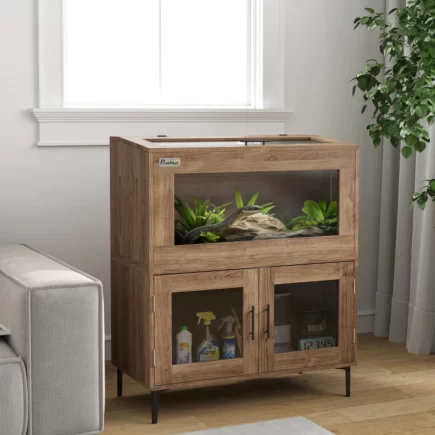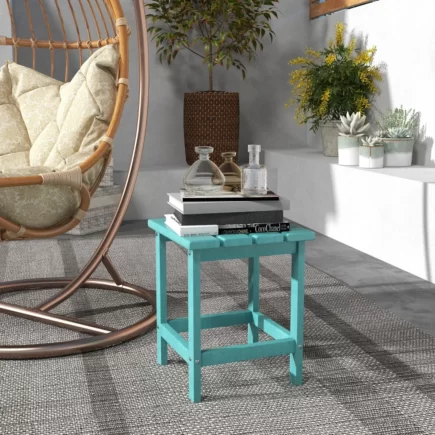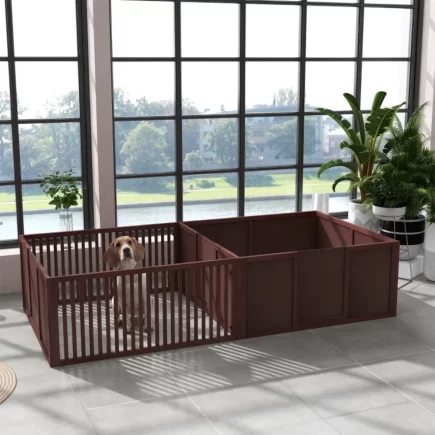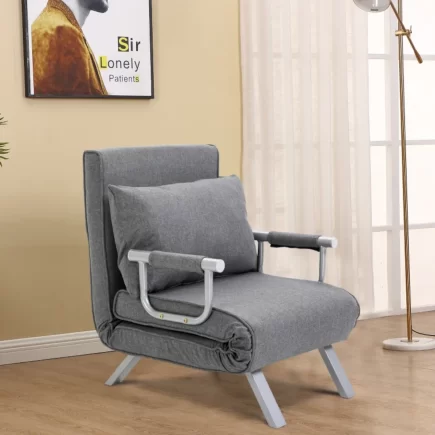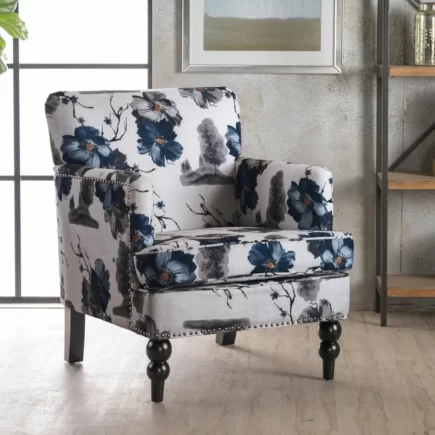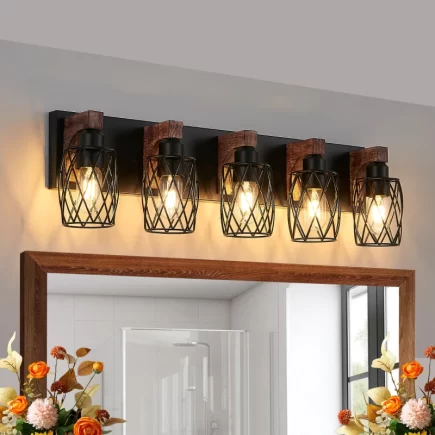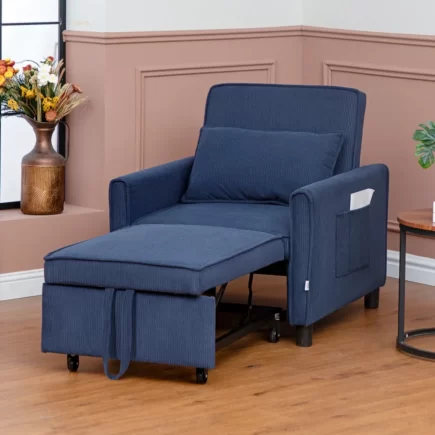Dining chairs are more than just a place to sit; they influence your daily comfort, dining experience, and the visual appeal of your space. Whether you’re refreshing your existing set or buying chairs for a brand-new table, choosing the right ones can elevate the entire room. With options ranging from classic wood to plush upholstered designs, it’s important to balance aesthetics, comfort, function, and durability.

This comprehensive guide will walk you through the step-by-step process of selecting the perfect dining chairs for your home, helping you avoid common pitfalls and make an informed, stylish choice.
Measure Your Dining Table and Room
Before falling in love with a chair design, start with the numbers. Accurate measurements ensure the chairs will fit your table and the room comfortably.
Table and Room Dimensions Checklist
- Table Height: Standard dining tables are 28 to 31 inches high, with 30 inches being most common.
- Chair Height: Seat height should be 17 to 20 inches, allowing 10 to 12 inches of legroom between seat and tabletop.
- Chair Width: Standard dining chairs range from 18 to 20 inches wide.
- Space Between Chairs: Leave at least 24 inches between chairs for ease of movement.
- Helpful Tip: Measure from the bottom of the table apron (if present) to the floor to ensure armchairs slide under without scraping.
Seat Height and Table Height: Get the Spacing Right
Spacing matters. Too little and your legs feel cramped. Too much and you’re awkwardly reaching upward.
How to Measure for Seat Height
- If the table has no apron, measure from the bottom of the tabletop to the top of the chair seat.
- For upholstered chairs, account for cushion compression measures with someone sitting for accuracy.

Ideal Pairing Example: A table that is 30 inches high works best with a seat height of 18 to 19 inches.
Chair Width, Depth, and Arm Spacing Considerations
While height determines comfort, width and depth determine how many chairs you can fit and how spacious they feel.
- Standard Width: 18 to 20 inches
- Armchair Width: Up to 24 inches
- Depth: 16 to 22 inches is common
- Spacing: Leave 6 inches between chairs for elbow room
- Helpful Tip: Armrests must fit under the tabletop or apron without rubbing. Measure your table’s underside clearance to be sure.

How Many Dining Chairs Fit? Spacing Rules for Rectangular and Round Tables
Knowing how many chairs you can fit avoids overcrowding and improves flow around the table.
Dining Chairs For Rectangular Tables
- Leave 24 inches per person
- Example: A 72-inch table fits 3 chairs per side (6 total) + 1 per end = 8 chairs

Dining Chairs For Round Tables
- Count 60 cm (24 inches) per chair
- 48-inch diameter: fits 4 chairs
- 60-inch diameter: fits 6 chairs
- 72-inch diameter: fits 8 chairs
- Helpful Tip: Don’t forget the push-back zone behind each chair 20 to 24 inches at minimum.

Armchairs vs Armless: Comfort vs Space Efficiency
Armchairs offer elevated comfort and visual presence but occupy more space.
When to Choose Armchairs
- You have a large dining area
- You want to place them at the heads of a rectangular table
- You prefer lounging comfort during long meals
When to Choose Armless Chairs
- You’re working with limited space
- You need to fit more people at the table
- You want a cleaner, more minimal aesthetic
Pro Tip: Mix armchairs at the ends and armless on the sides for a balanced, designer-inspired look.
Understanding Chair Back Heights and Visual Proportions
The backrest height affects the look and feel of your dining area.
- Low-back chairs (under 32″) suit small spaces and modern designs
- High-back chairs (34″+) add elegance and support, especially in formal rooms

Visual Tip: Chair backs should sit 2 to 4 inches above the tabletop for visual harmony.
Choose the Right Chair Material for Your Lifestyle
Material affects more than just aesthetics it also impacts durability, weight, and upkeep.
Common Dining Chair Materials:
| Material | Features | Maintenance Level |
| Plastic | Lightweight, budget-friendly | Very Low |
| Wood | Classic, sturdy, timeless | Low |
| Metal | Sleek, industrial, durable | Low |
| Rattan/Wicker | Airy, casual, coastal style | Medium |
| Upholstered | Comfortable, customizable | Medium to High |
Helpful Tip: Homes with kids or pets may benefit from wipeable surfaces like metal or plastic.

Upholstered vs Non-Upholstered: Pros, Cons, and Maintenance
Comfort vs convenience: Upholstery brings luxury but needs care.
Upholstered Chairs
- Pros: Soft, cozy, wide variety of colours and textures
- Cons: Prone to stains, may need vacuuming or professional cleaning
Non-Upholstered Chairs
- Pros: Easy to clean, typically more durable
- Cons: Less cushioned, can feel rigid over time
Common Mistakes to Avoid (Like Ignoring the Apron or Leg Shape)
Even the best chair can be a poor fit if you ignore table details:
- Ignoring Apron Height: Chairs with arms may not slide under the table
- Overlooking Leg Shape: Some table bases (like pedestals or trestles) reduce usable chair space
- Mismatching Style Elements: Keep a cohesive element like colour or finish to tie pieces together
Pro Tip: Always check if the chairs physically fit under the table with enough room for knees and movement.
Durability and Long-Term Use: What Materials Last?
Your Dining Chairs should be built to withstand the test of time. Solid wood chairs like oak or maple are incredibly strong and perfect for daily family use. Engineered wood is more affordable but best suited for lighter use due to its sensitivity to moisture. Metal chairs are highly durable and work well in busy kitchen areas. Upholstered chairs, while comfortable, require more care and are ideal for formal settings.
To ensure long-term performance, inspect joints and hardware every few months, especially if the chairs are frequently moved. Use felt pads under legs to prevent floor wear and protect the chair frame. Wood chairs with natural finishes benefit from an occasional polish or re-oiling. For fabric options, using fabric protectors and rotating seating positions helps avoid premature wear. Ultimately, durability depends on both your initial choice and how well you care for your chairs.
FAQs
1. What’s the best dining chair option for households with elderly family members?
Look for chairs with high backs, armrests for support, and firm, cushioned seats. Avoid overly low or backless options. Sturdy wood or padded armchairs offer both comfort and ease of mobility.
2. How important is weight capacity when buying dining chairs?
Very. Most standard chairs support 250–300 lbs, but heavier-duty models go up to 500 lbs. Always check manufacturer specs, especially for metal or minimalist styles that may look sturdy but have lower thresholds.
3. Should dining chairs match other furniture in the room?
Not necessarily. They should complement the overall décor in tone, material, or formality level. A mid-century table can pair beautifully with contemporary chairs if there’s consistency in finish, colour palette, or texture.

